Home>Furniture>Outdoor Furniture>How To Lay Down Patio Stones
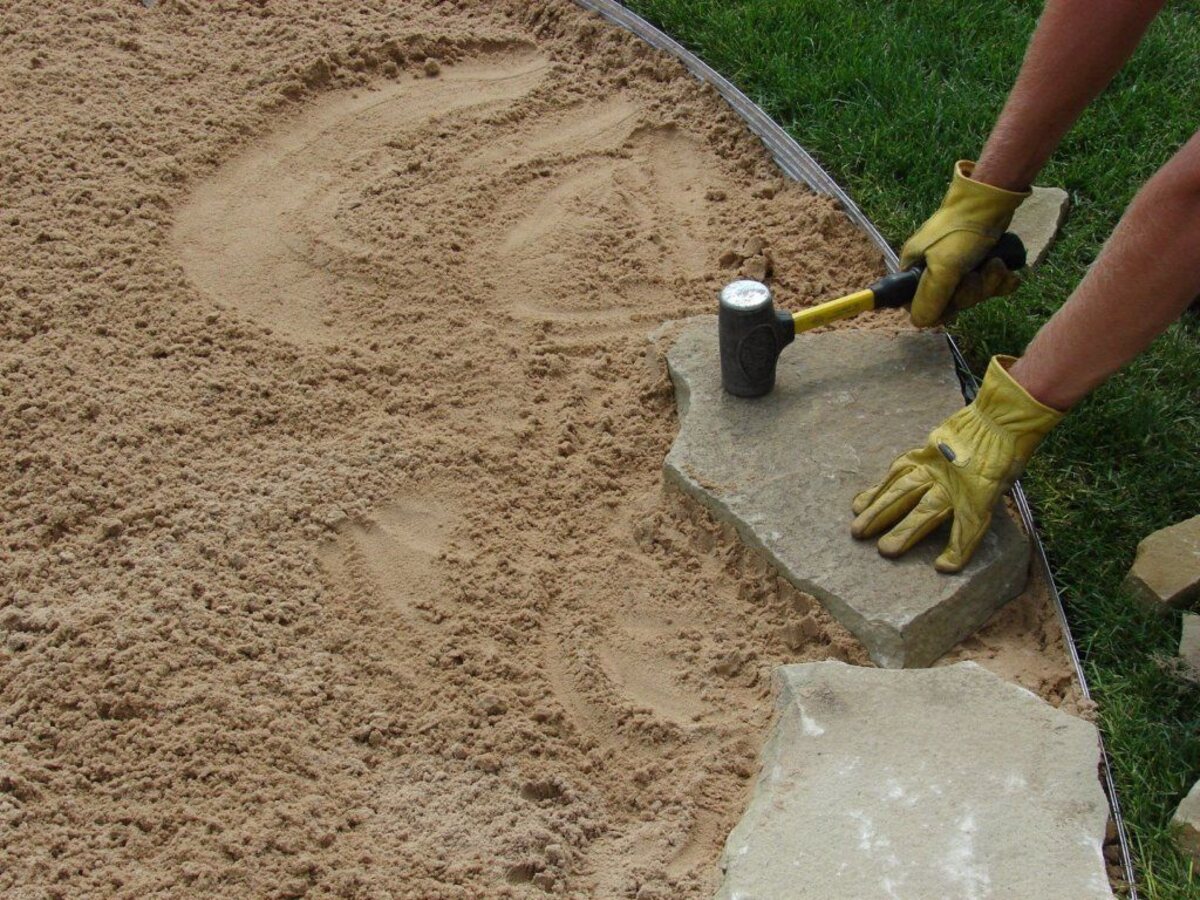

Outdoor Furniture
How To Lay Down Patio Stones
Modified: March 7, 2024
Learn how to lay down patio stones and create a stunning outdoor furniture area. Discover step-by-step instructions for a DIY project that will transform your backyard.
(Many of the links in this article redirect to a specific reviewed product. Your purchase of these products through affiliate links helps to generate commission for Storables.com, at no extra cost. Learn more)
Introduction
Creating a beautiful outdoor space starts with having a well-designed patio. A patio provides a versatile and functional area for relaxation, entertainment, and dining. One of the key elements in designing a patio is choosing the right type of flooring, and patio stones are an excellent choice for their durability, aesthetic appeal, and ease of installation.
In this article, we will guide you through the process of laying down patio stones step-by-step. Whether you are a seasoned DIY enthusiast or a beginner, this guide will help you create a stunning patio that will enhance the beauty of your outdoor living area.
Before we dive into the steps, it’s essential to understand the importance of planning. A well-planned patio ensures that you achieve the desired layout, functionality, and aesthetics. Take time to envision how you want your patio to look and consider factors such as the size and shape of the space, the overall design theme of your outdoor area, and any specific features you may want to incorporate.
Now that you have a clear vision in mind, let’s get started on how to lay down patio stones!
Key Takeaways:
- Planning and preparation are crucial for laying down patio stones. Consider the size, shape, and additional features of your patio, and ensure proper drainage and a stable base for a long-lasting outdoor space.
- Attention to detail is key when laying down patio stones. From marking the layout to filling the joints and adding finishing touches, each step contributes to creating a beautiful and functional outdoor retreat.
Read more: How To Lay A Stone Patio
Step 1: Planning the Patio
The first step in laying down patio stones is to plan the layout of your patio. This involves determining the size and shape of the patio, as well as considering any additional features or elements you want to incorporate.
Start by measuring the area where you want to install the patio. Take accurate measurements of the width and length of the space. Consider factors such as existing landscaping, trees, and any obstacles that may affect the layout.
Next, decide on the shape of your patio. You can choose from various shapes, such as rectangular, square, circular, or free-form. Think about how the patio will fit into your overall outdoor design and how it will complement the existing features.
Consider the flow and functionality of the patio. Think about how you will use the space and what activities you want to accommodate, such as dining, lounging, or entertaining. This will help you determine the size and configuration of the patio.
Once you have a clear idea of the size and shape, you can start planning any additional features. Do you want to include a fire pit, a seating wall, or a built-in grill? Consider the placement and design of these elements to ensure they fit seamlessly into the patio layout.
It’s also important to think about the materials and colors that will be used for the patio stones. Consider the style and aesthetic of your outdoor space, as well as the maintenance requirements and durability of the materials. Take into account how the color of the stones will complement the surrounding elements, such as your house exterior or existing landscaping.
Once you have completed the planning phase, it’s a good idea to create a detailed sketch or use a digital design tool to visualize the final look of your patio. This will help you confirm that the layout and design meet your expectations before moving on to the next step.
With the planning phase complete, you are now ready to move on to preparing the area for the patio installation. Let’s dive into step two: preparing the area!
Step 2: Preparing the Area
Before you can start laying down patio stones, it’s crucial to properly prepare the area where the patio will be installed. This step ensures a stable and long-lasting foundation for your patio.
Start by clearing the area of any vegetation, rocks, or debris. This includes removing grass, weeds, and any other plants that may be growing in the area. Use a shovel or a rake to level the ground and create a smooth surface.
Next, it’s important to assess the drainage in the area. Poor drainage can lead to water pooling on the patio, causing damage to the stones. To improve drainage, you may need to add or adjust the slope of the ground. This can be done by adding or removing soil to create a slight slope away from your house or other structures.
If your soil is compacted or clay-based, it’s a good idea to loosen it up. This can be done by tilling the soil or using a garden fork to break it up. Loosening the soil allows for better drainage and helps prevent the patio stones from shifting or settling over time.
Once the area is cleared and properly graded, it’s essential to create a barrier to prevent weeds from growing through the patio surface. Lay down a landscape fabric or weed barrier over the prepared area. This will help suppress weed growth and ensure a clean and maintenance-free patio.
If you live in an area prone to frost, it’s important to take additional precautions. Installing a frost heave barrier, such as a layer of gravel or compacted sand, can help prevent the patio from shifting or cracking during freeze-thaw cycles.
Finally, mark the perimeter of the patio area using stakes and string. This will serve as a guide as you move forward with the installation process.
With the area properly prepared, you are now ready to move on to step three: marking the layout. Stay tuned!
Step 3: Marking the Layout
Once you have prepared the area for your patio, the next step is to mark the layout. This involves outlining the exact location and shape of your patio to ensure precise and accurate installation of the patio stones.
Start by referring to your initial plan or sketch to determine the dimensions and shape of the patio. Use a measuring tape, stakes, and string to mark the outline of the patio on the ground. Make sure the string is taut and the lines are straight.
Pay attention to the corners of the patio, as these areas will dictate the overall symmetry and alignment of the patio stones. Use a square or right-angle tool to ensure that the corners are perfectly perpendicular.
As you mark the layout, consider the size of the patio stones you will be using. Keep in mind the recommended gaps between the stones for stability and overall appearance of the patio. This will help you determine the ideal spacing and placement of each stone.
For irregular-shaped stones or patterns, use chalk or marking paint to create guidelines for placing the stones. This will help you follow a consistent pattern and maintain a visually appealing design.
It’s also important to consider any additional features you want to incorporate, such as borders, patterns, or focal points. Mark the areas where these features will be located to ensure proper alignment and integration with the overall patio design.
Take the time to review and adjust the layout markings as needed. Walk around the marked area and visualize how the patio will look once the stones are installed. Double-check the measurements and make any necessary adjustments before moving on to the next step.
With the layout marked, you are now ready to excavate the site. This is where the actual transformation of your outdoor space begins. Let’s move on to step four: excavating the site!
Step 4: Excavating the Site
Excavating the site is a crucial step in the process of laying down patio stones. This involves removing the top layer of soil to create a space for the base material and the patio stones to be installed.
Start by using a shovel or a garden excavator to dig out the marked area. Remove the top layer of soil to a depth of around 6 to 8 inches, or as recommended by the manufacturer of the patio stones. This depth allows for the proper installation of the base material and ensures stability for the patio surface.
Be mindful of any underground utilities or cables that may be present in the area. It’s essential to dig carefully and avoid damaging any existing infrastructure.
As you excavate, periodically check the depth with a measuring tape or a level to ensure consistency throughout the entire patio area. This will help prevent unevenness or sloping in the final patio surface.
Once the site is excavated to the desired depth, remove any large rocks or debris from the area. Smooth out the bottom of the excavation with a rake or a tamper to create an even surface.
Take the time to inspect the excavated site for any low spots or high spots. Use additional soil or sand to fill in any low areas and compact it down to create a level base.
It’s important to note that if you live in an area with poor soil conditions or high moisture levels, you may need to take additional steps to ensure proper drainage. Installing a French drain or a series of drainage pipes can help redirect water away from the patio area.
With the site properly excavated and leveled, you are ready to move on to the next step: leveling the ground. Stay tuned!
Read more: How To Lay Down Pavers For A Patio
Step 5: Leveling the Ground
Once you have excavated the site for your patio stones, the next step is to ensure that the ground is properly leveled. A level surface is essential for the stability and smooth installation of the patio stones.
Start by using a long 2×4 or a straightedge to check the levelness of the ground. Place the 2×4 across the excavated area and check for any high or low spots. If you notice any uneven areas, use a shovel or a rake to distribute the soil and create a more even surface.
As you level the ground, keep in mind the desired slope for proper water drainage. The patio surface should have a slight slope, approximately 1/8 inch per foot, away from your house or any structures. This will prevent water from pooling on the patio and causing damage.
Use a level tool to check the slope and make adjustments as necessary. Ensure that the entire patio area has a consistent slope and that there are no pockets where water can accumulate.
Once the ground is level and properly sloped, use a tamper or a plate compactor to compact the ground. This will help create a stable and firm base for the patio stones. Compact the soil by repeatedly going over the entire area with the tamper or compactor, ensuring that each section is evenly compacted.
Continue to check the levelness as you compact the ground, making adjustments as needed. The goal is to achieve a compacted surface that is solid and even, ready for the installation of the base layer.
Keep in mind that proper leveling is crucial for the longevity of your patio. An uneven surface can cause the patio stones to settle and become unstable over time. Taking the time to properly level the ground will ensure a sturdy and long-lasting patio for years to come.
With the ground properly leveled, you are now ready to move on to the next step: adding a base layer. This layer will provide stability and support for your patio stones. Let’s proceed!
Before laying down patio stones, make sure to properly prepare the base by leveling the ground, adding a layer of gravel, and compacting it. This will ensure a stable and long-lasting patio surface.
Step 6: Adding a Base Layer
The key to a stable and durable patio is a solid base layer. Adding a base layer provides a stable foundation for the patio stones, ensuring that they remain in place and resist shifting over time.
Start by spreading a layer of crushed stone or gravel over the leveled ground. This base layer acts as a supportive and porous material that allows for proper drainage and prevents the stones from sinking into the ground.
The recommended thickness of the base layer will depend on the type of patio stones you are using and the recommendations of the manufacturer. As a general guideline, aim for a base layer that is about 4 to 6 inches thick.
Use a rake or a shovel to spread the crushed stone evenly over the entire patio area. Ensure that the layer is consistent in thickness, with no low or high spots.
Once the crushed stone is spread, use a plate compactor to compact the base layer. The compactor helps to settle the stone and create a solid and stable surface. Move the compactor over the entire area, making multiple passes to achieve proper compaction.
Periodically check the levelness of the base layer as you compact it, making adjustments as necessary. It’s important to ensure that the entire patio area has a uniform and flat base for the patio stones.
After compacting the base layer, spray it with water to settle the material and help further compact it. This will enhance the stability of the base and improve its load-bearing capacity.
Allow the base layer to dry completely before moving on to the next step. A dry and compacted base layer provides a strong and stable foundation for the installation of the patio stones.
With the base layer complete, you are now ready to move on to the exciting part – installing the patio stones. Stay tuned for step seven!
Step 7: Installing the Patio Stones
Now that you have prepared the base layer, it’s time to start installing the patio stones. This step brings your patio to life and transforms the space into a beautiful outdoor living area.
Start by placing the first patio stone at one corner of the excavated area, following the layout and guidelines you marked earlier. Gently press the stone into the base layer, making sure it is level and securely positioned.
Continue placing the remaining stones, working your way across the patio. Leave a small gap, usually about 1/8 inch, between each stone for joint filling and expansion. Use a rubber mallet or a dead-blow hammer to tap the stones into place, ensuring they are firmly set on the base layer.
As you install the stones, periodically step back and assess the overall layout and alignment. Make any adjustments as needed to maintain a consistent pattern and a visually pleasing design.
If you are using irregular-shaped stones or creating a specific pattern, refer to your design plan or sketch to ensure you are placing the stones correctly. This will help you achieve the desired look and ensure a cohesive and visually appealing patio surface.
As you work, periodically check the levelness of the stones. Use a level tool to confirm that each stone is at the same height and properly aligned with the others. Adjust as needed, adding or removing base material beneath the stones to achieve a level surface.
Once all the stones are placed, give them a final check to ensure that they are stable and securely set. Take the time to walk across the patio and test each stone for any rocking or movement. Make adjustments as necessary to ensure a firm and stable surface.
Congratulations! You have successfully installed the patio stones and created the foundation of your beautiful outdoor space. The next step is to fill the joints between the stones for a finished look and enhanced stability. Stay tuned for step eight!
Step 8: Filling the Joints
After installing the patio stones, the next step is to fill the joints between them. Filling the joints not only enhances the visual appeal of your patio but also helps to stabilize the stones and prevent weed growth.
Start by choosing a suitable jointing material. Common options include polymeric sand, regular sand, or mortar. Each has its own advantages and considerations, so choose the one that best fits your needs and the style of your patio.
If you opt for polymeric sand, follow the manufacturer’s instructions for proper installation. Typically, this involves sweeping the sand into the joints, ensuring that it fills all the gaps, and then using a broom to remove any excess sand from the surface of the stones.
If you prefer regular sand, sprinkle it over the patio and use a broom or a brush to sweep it into the joints. Make sure to fill all the gaps and ensure that the sand is evenly distributed.
If you decide to use mortar, mix it according to the manufacturer’s instructions. Apply the mortar between the stones, pressing it into the joints with a trowel. Smooth and level the mortar as you go, ensuring that the joints are completely filled.
Regardless of the jointing material you choose, it’s important to thoroughly water the patio after filling the joints. This helps to activate the polymeric sand or set the mortar, providing a solid and stable bond.
Once the joints are filled and the jointing material has set, use a soft brush or a broom to gently sweep away any excess sand or debris from the surface of the patio stones. This will leave you with a clean and finished look.
Take the time to inspect the joints and make any necessary touch-ups or adjustments. Fill in any gaps that may have been missed during the initial filling process and ensure that the joints are fully sealed.
With the joints filled and the surface cleaned, you have completed a crucial step in the patio installation process. The final step is to add some finishing touches to complete your outdoor oasis. Let’s move on to step nine!
Read more: How To Lay Patio Stones On Grass
Step 9: Finishing Touches
You’ve reached the final step of laying down patio stones, and now it’s time to add those finishing touches that will truly bring your outdoor space to life.
Start by taking a step back and admiring your newly installed patio. Stand at different angles and viewpoints to ensure that everything looks balanced and visually appealing.
Consider adding some decorative elements to enhance the ambiance of your patio. This could include potted plants, outdoor lighting, comfortable seating, or a stylish outdoor rug. These elements will create a welcoming and inviting space for you and your guests to enjoy.
Don’t forget about the surrounding landscaping. If you have areas near the patio that need attention, such as flower beds or shrubs, take this opportunity to spruce them up. Add some colorful plants or decorative stones to further enhance the beauty of your outdoor space.
Consider incorporating some shade elements to protect yourself from the sun or rain. This could be in the form of a pergola, a retractable awning, or even a patio umbrella. Having shade options will make your patio even more comfortable and functional, especially during hot summer days.
Lastly, make sure to maintain your patio to keep it looking its best. Regularly sweep away debris, clean any spills or stains, and inspect the joints to ensure they remain secure. Proper maintenance will prolong the life of your patio and keep it looking beautiful for years to come.
Congratulations on completing all the steps to lay down patio stones! You have transformed your outdoor space into a welcoming and inviting area that will provide endless hours of enjoyment and relaxation.
Remember to consider the specific requirements and recommendations for your particular patio stone type and consult any manufacturer instructions as needed. With a solid plan and careful execution, you can create a stunning patio that will become the centerpiece of your outdoor living area.
Enjoy your new patio and all the moments you will share in this beautiful outdoor retreat!
If you have any further questions or need assistance with any other outdoor furniture projects, feel free to reach out. Happy landscaping!
Conclusion
Congratulations! You have successfully completed the process of laying down patio stones. By following the step-by-step guide outlined in this article, you have transformed your outdoor space into a beautiful and functional patio that will be enjoyed for years to come.
Throughout the process, careful planning, preparation, and execution were key. Taking the time to properly plan the layout, prepare the area, and mark the dimensions ensured a smooth installation process. Excavating the site and leveling the ground created a solid and stable foundation for your patio stones.
Adding a base layer provided additional stability and support, while installing the patio stones added aesthetic appeal to your outdoor space. Filling the joints between the stones not only enhanced the overall look but also improved stability and prevented weed growth.
Lastly, the finishing touches brought your patio to life, adding personal style and functionality to the space. From décor elements to comfortable seating, these final touches made your patio a welcoming oasis for relaxation and outdoor entertainment.
Remember, proper maintenance and care are essential to keep your patio in top condition. Regular cleaning, inspecting the joints, and addressing any issues promptly will help to preserve the beauty and integrity of your patio.
Now, it’s time to sit back, relax, and enjoy your new patio. Whether it’s hosting barbecues, sipping morning coffee, or simply spending time outdoors with family and friends, your patio will be a versatile and valuable addition to your home.
If you have any further questions or need assistance with any other outdoor furniture projects, don’t hesitate to reach out. Our team of experts is here to help. Happy patio-laying and enjoy your outdoor haven!
Frequently Asked Questions about How To Lay Down Patio Stones
Was this page helpful?
At Storables.com, we guarantee accurate and reliable information. Our content, validated by Expert Board Contributors, is crafted following stringent Editorial Policies. We're committed to providing you with well-researched, expert-backed insights for all your informational needs.
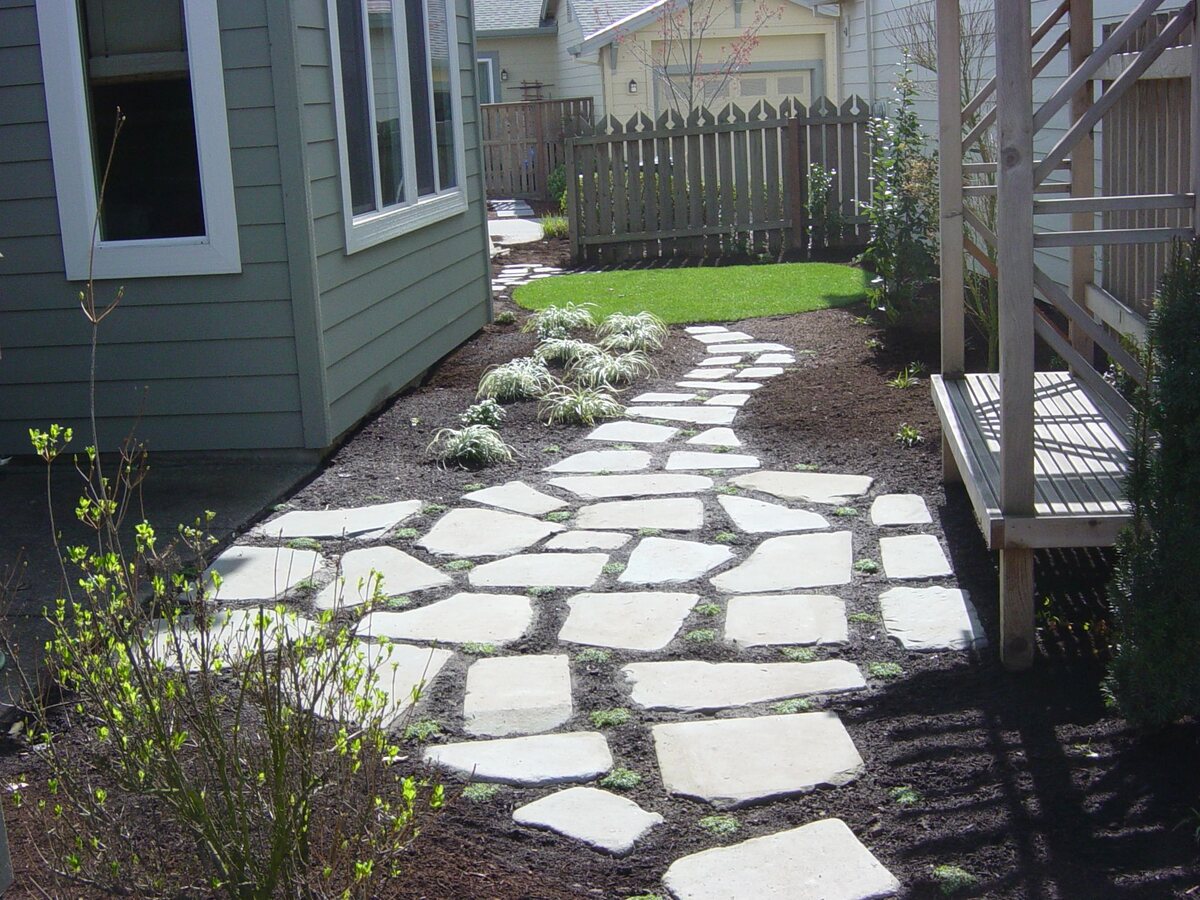
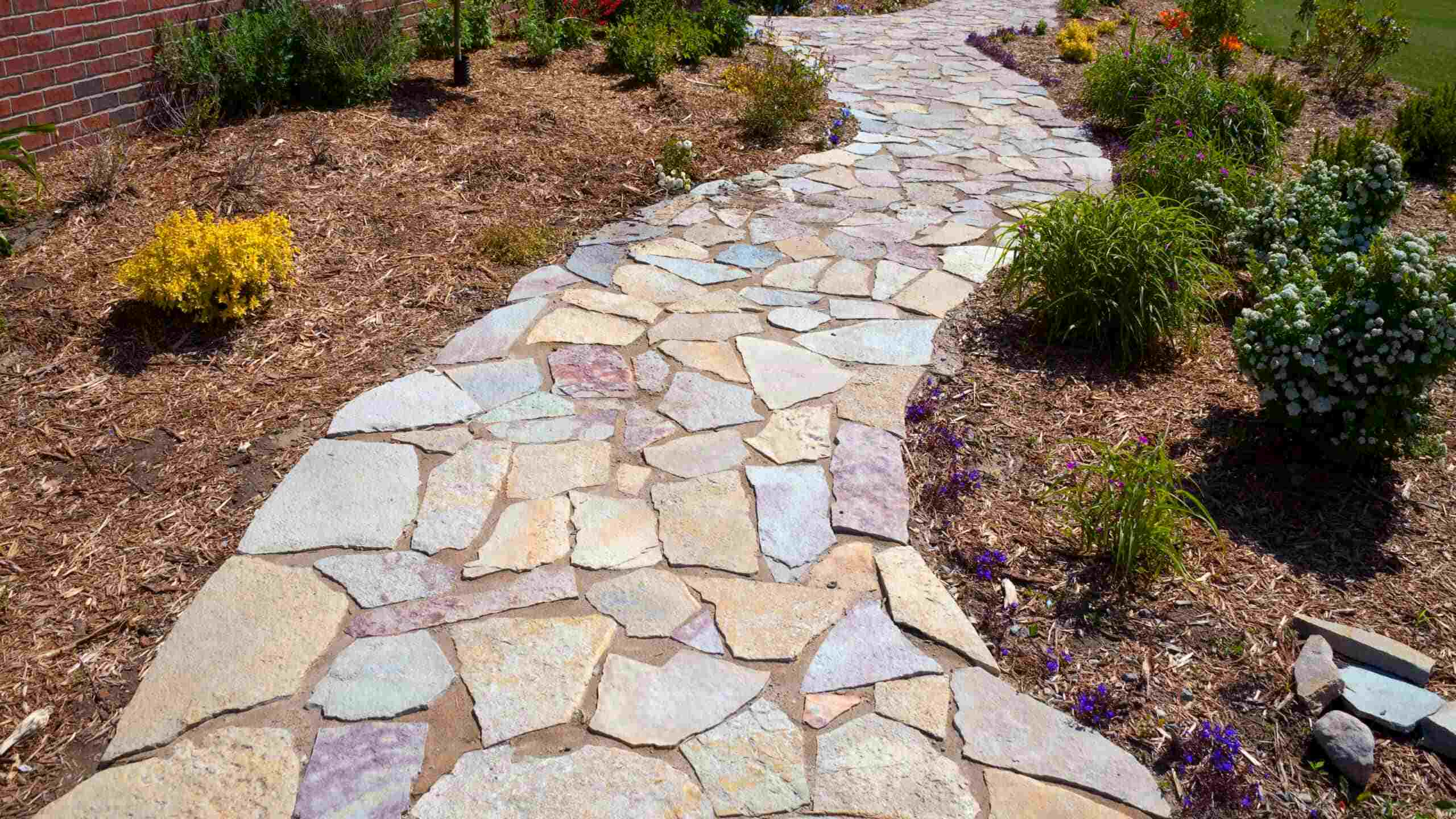

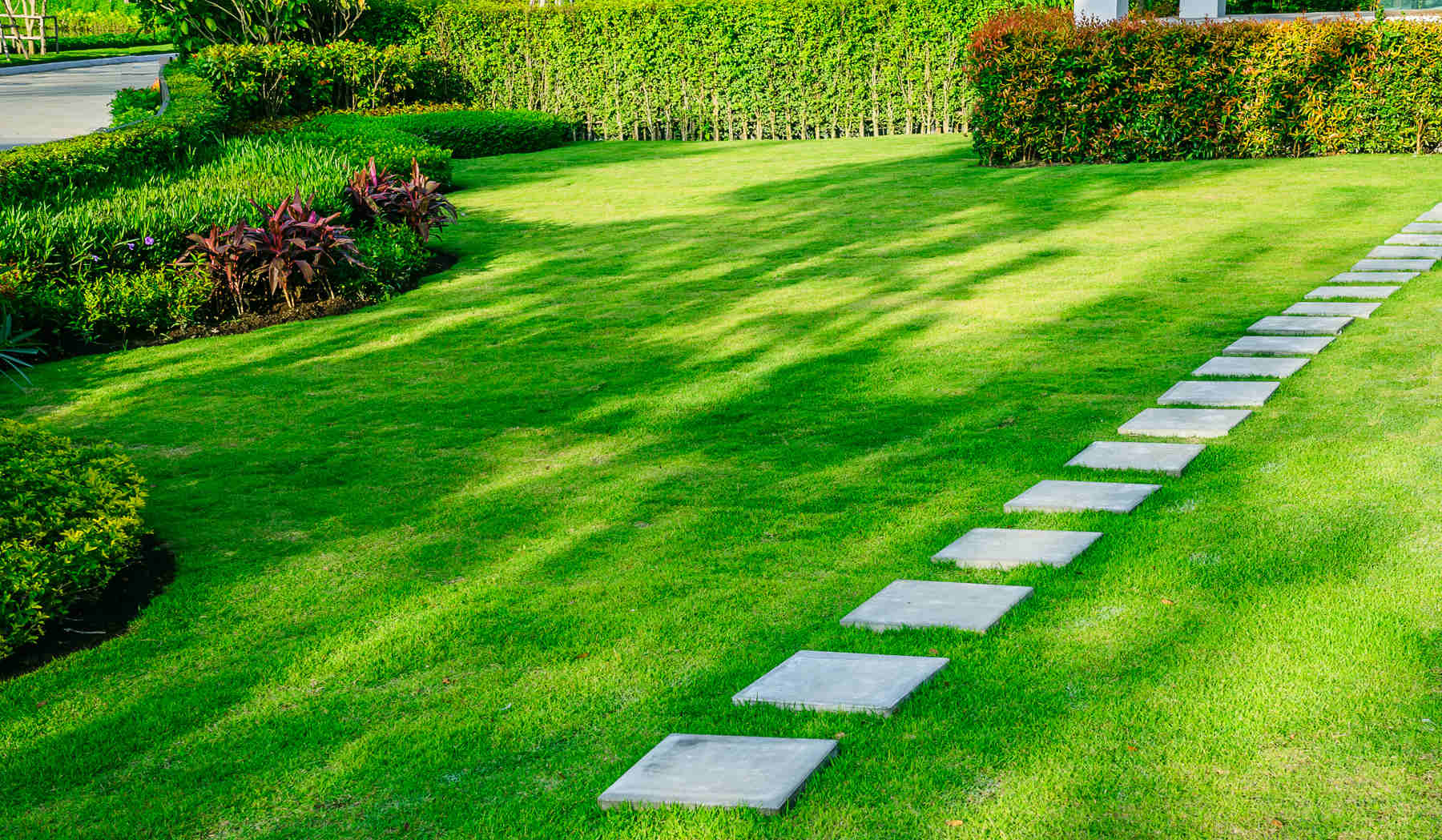
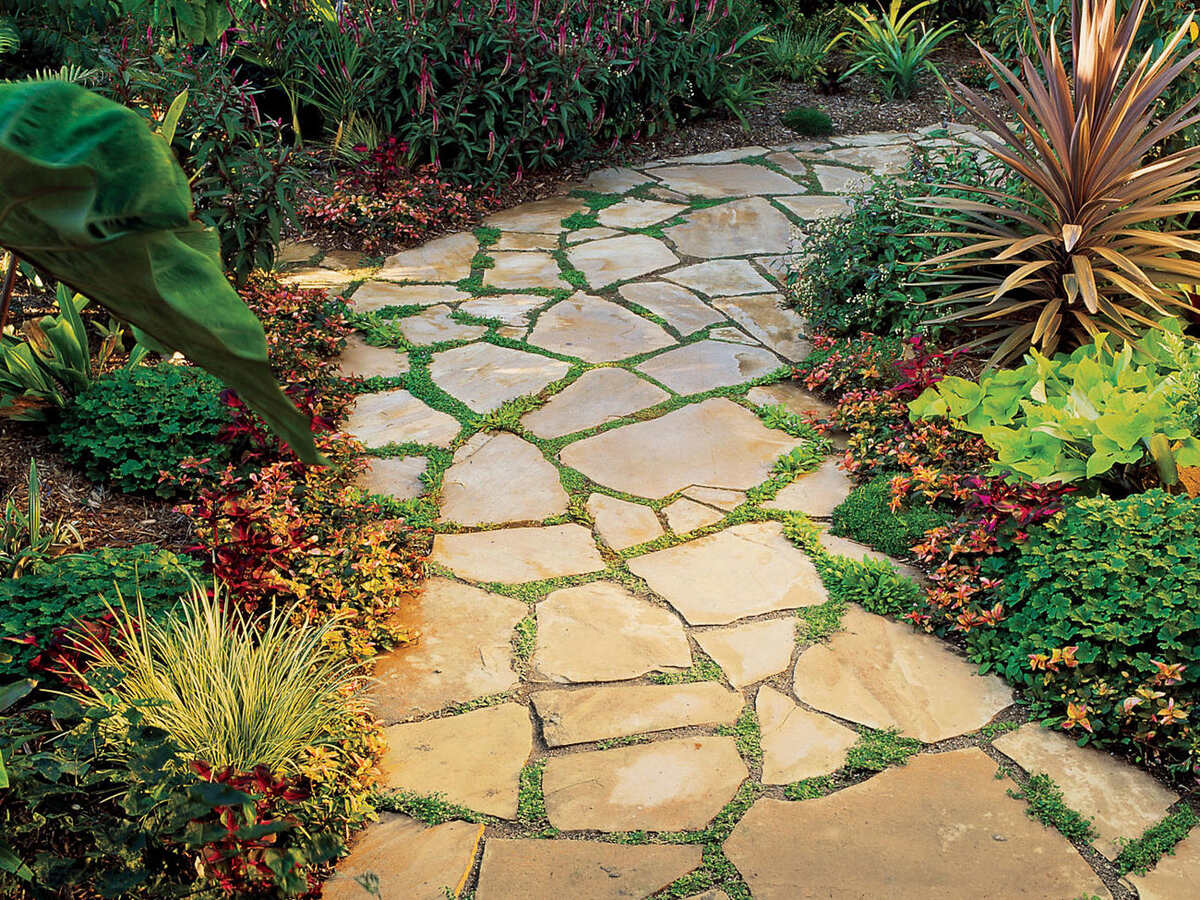
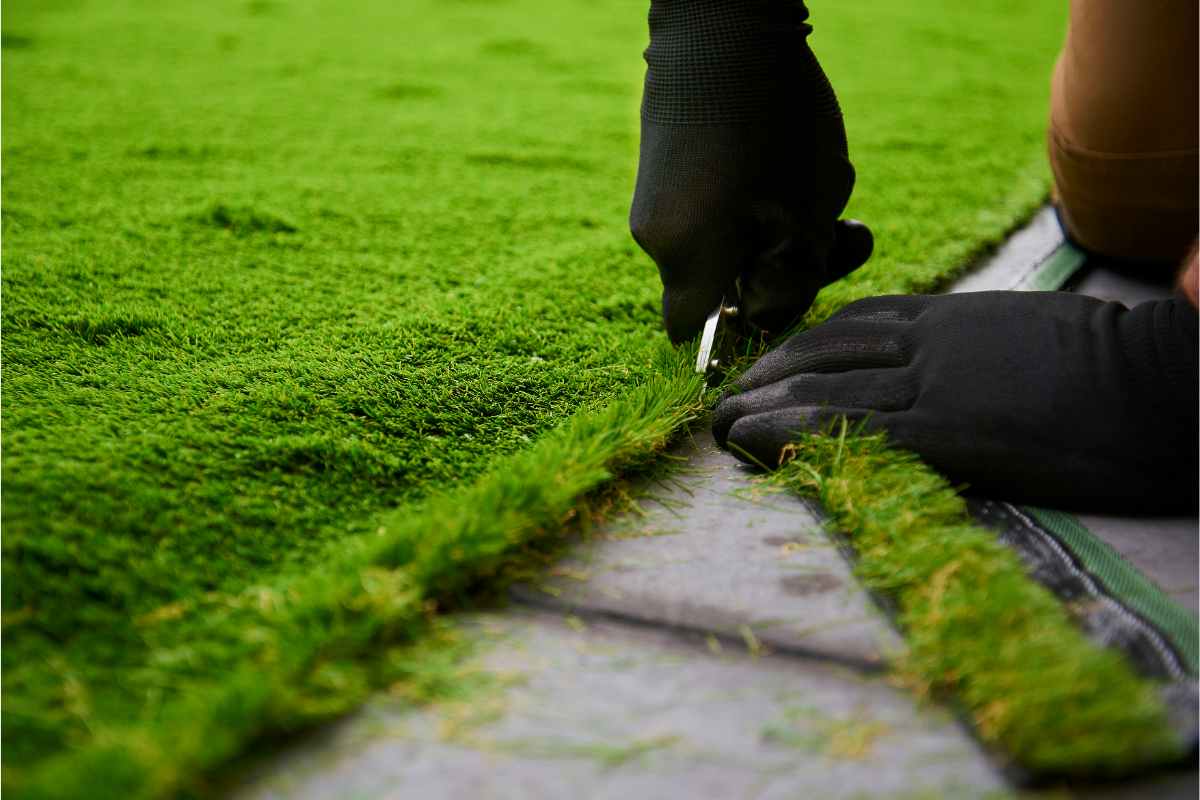
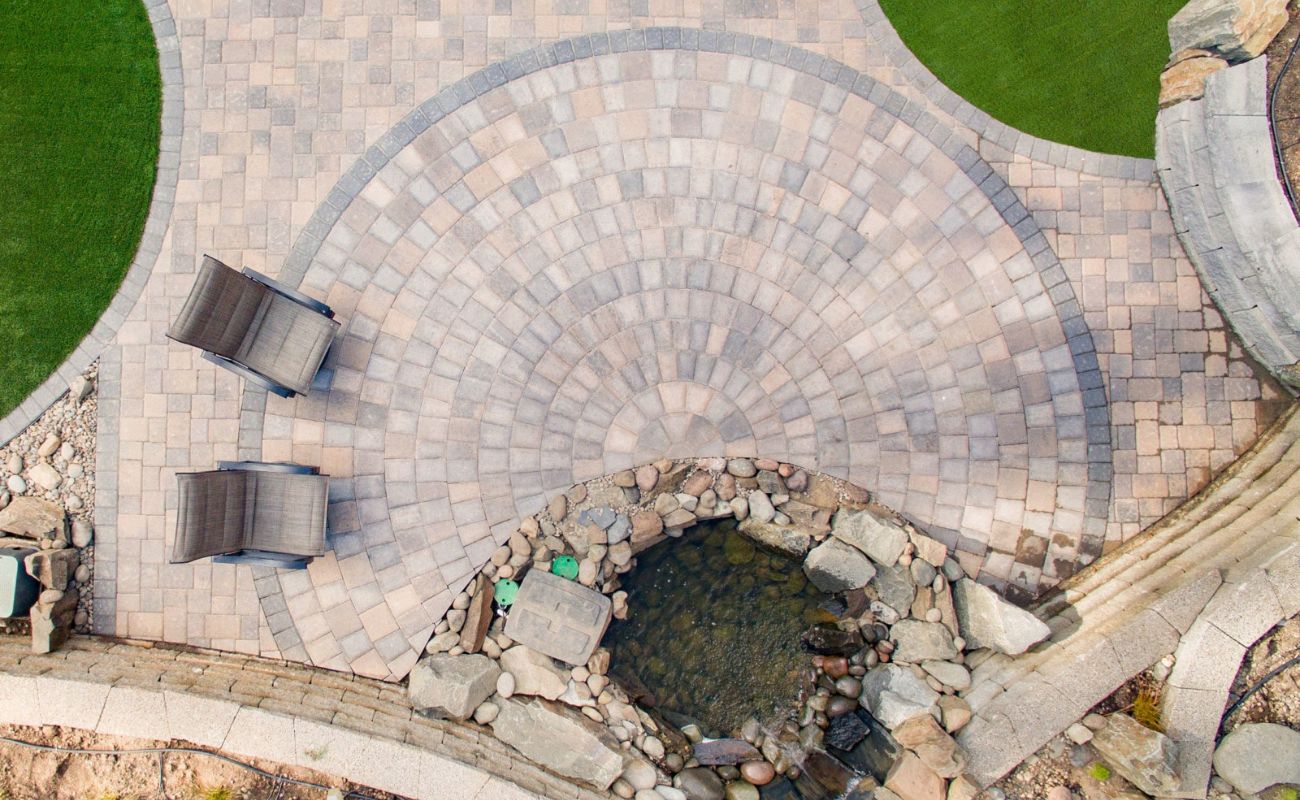
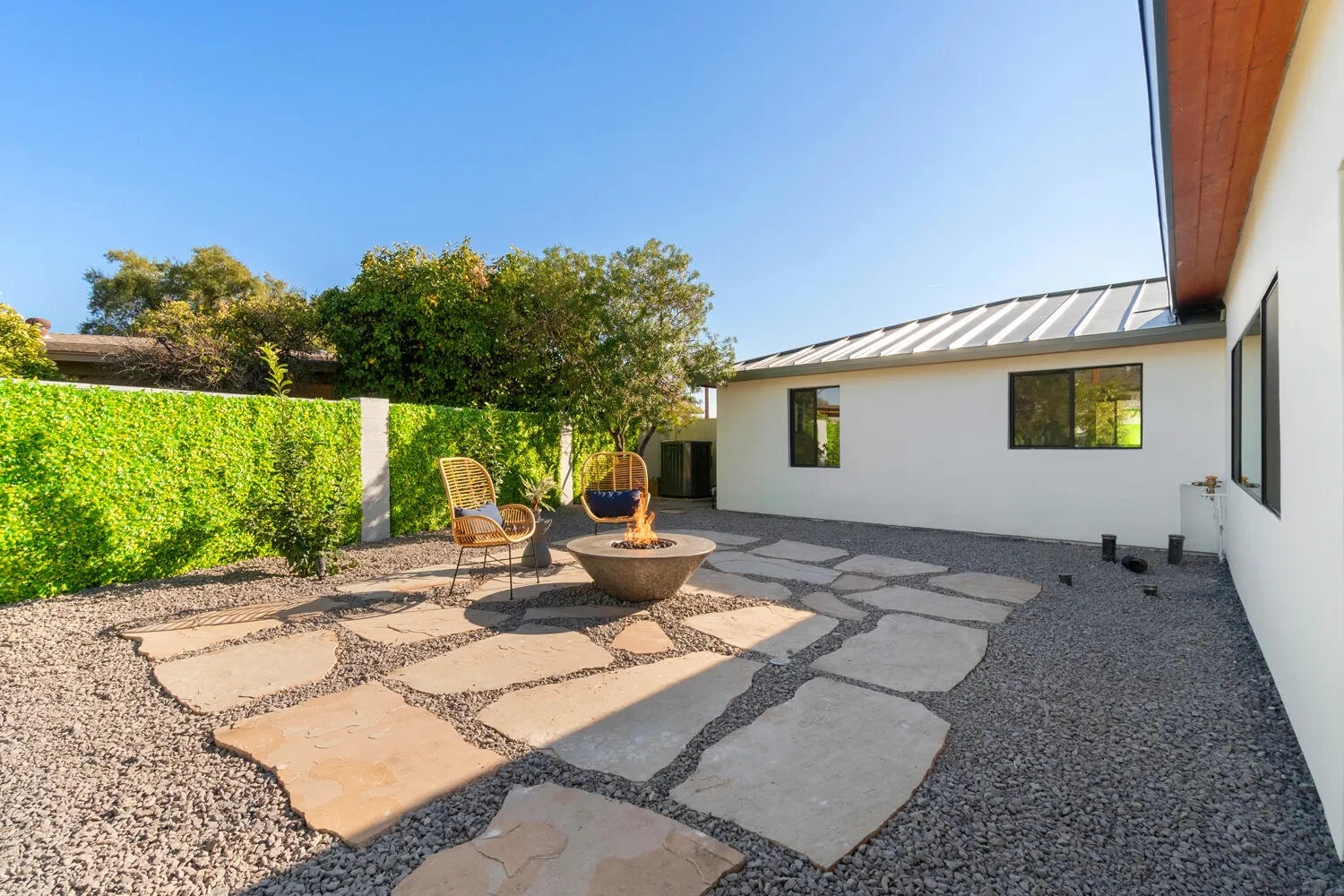
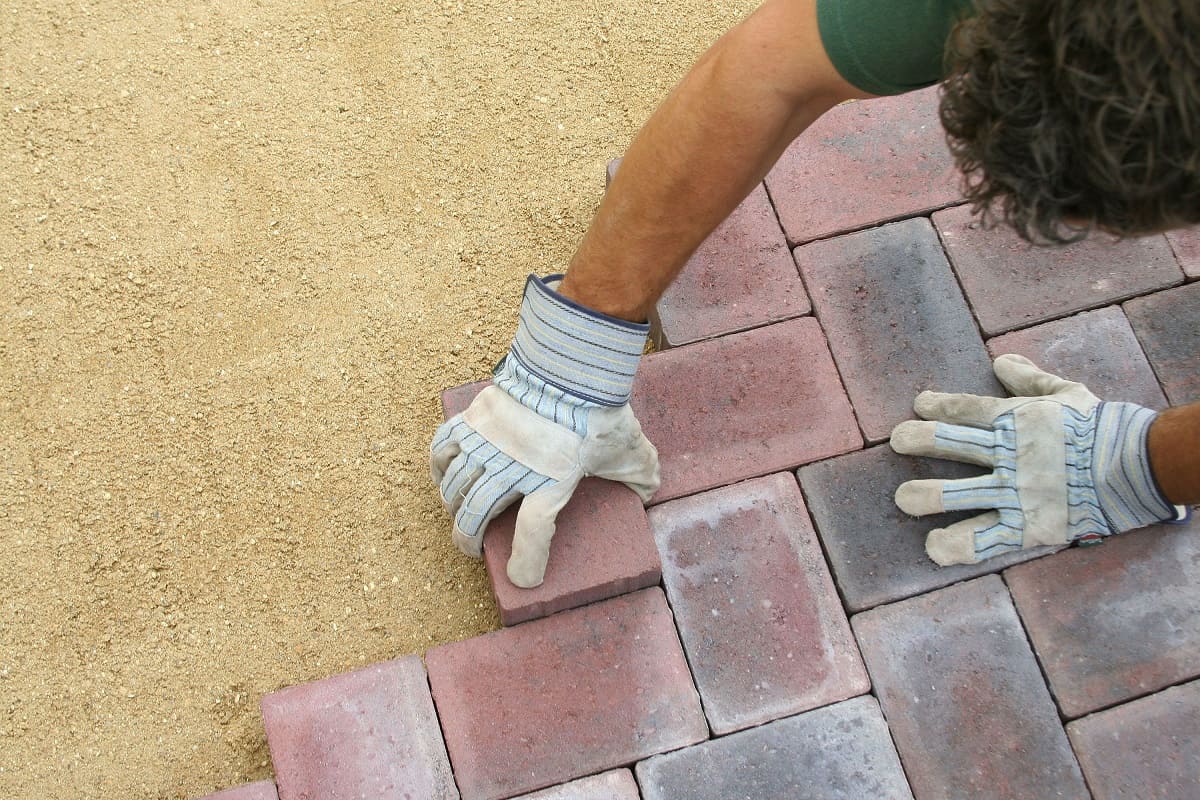
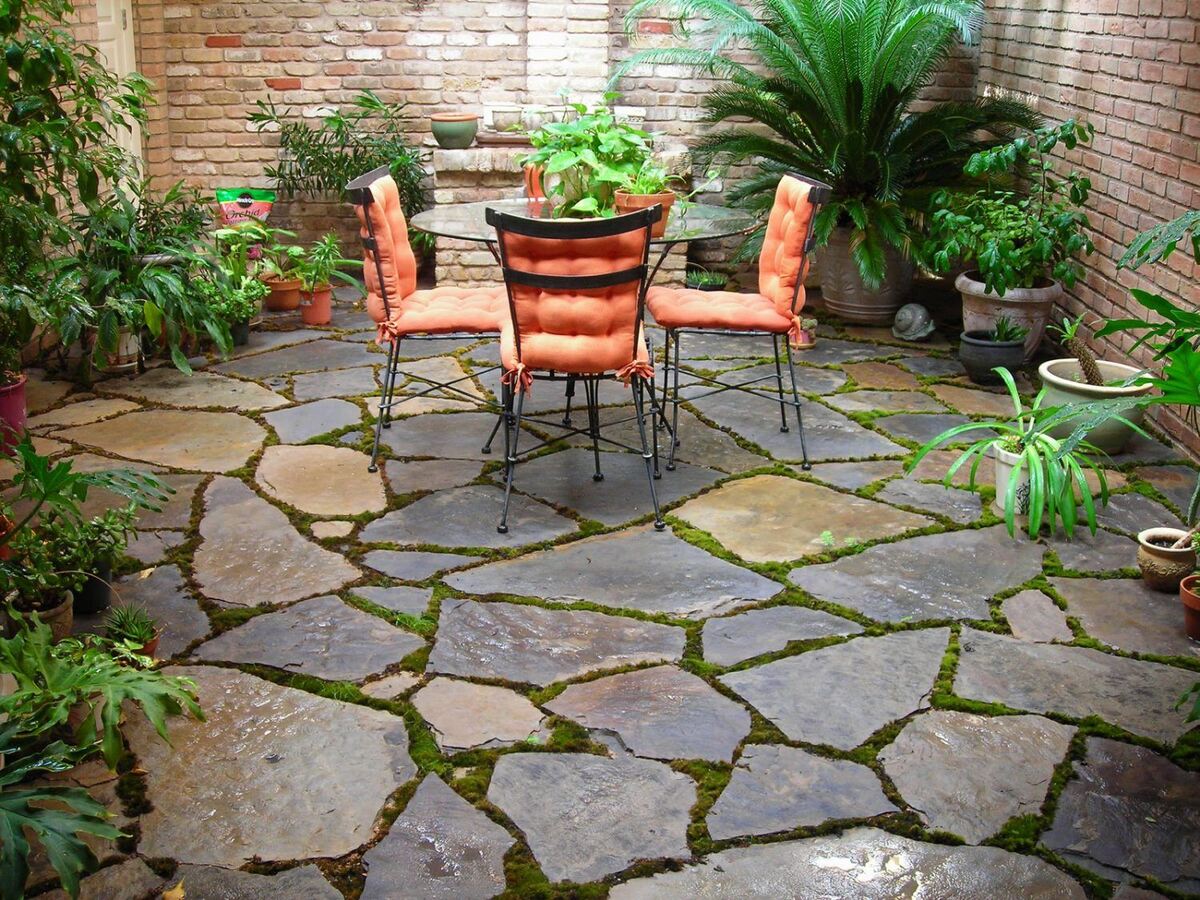
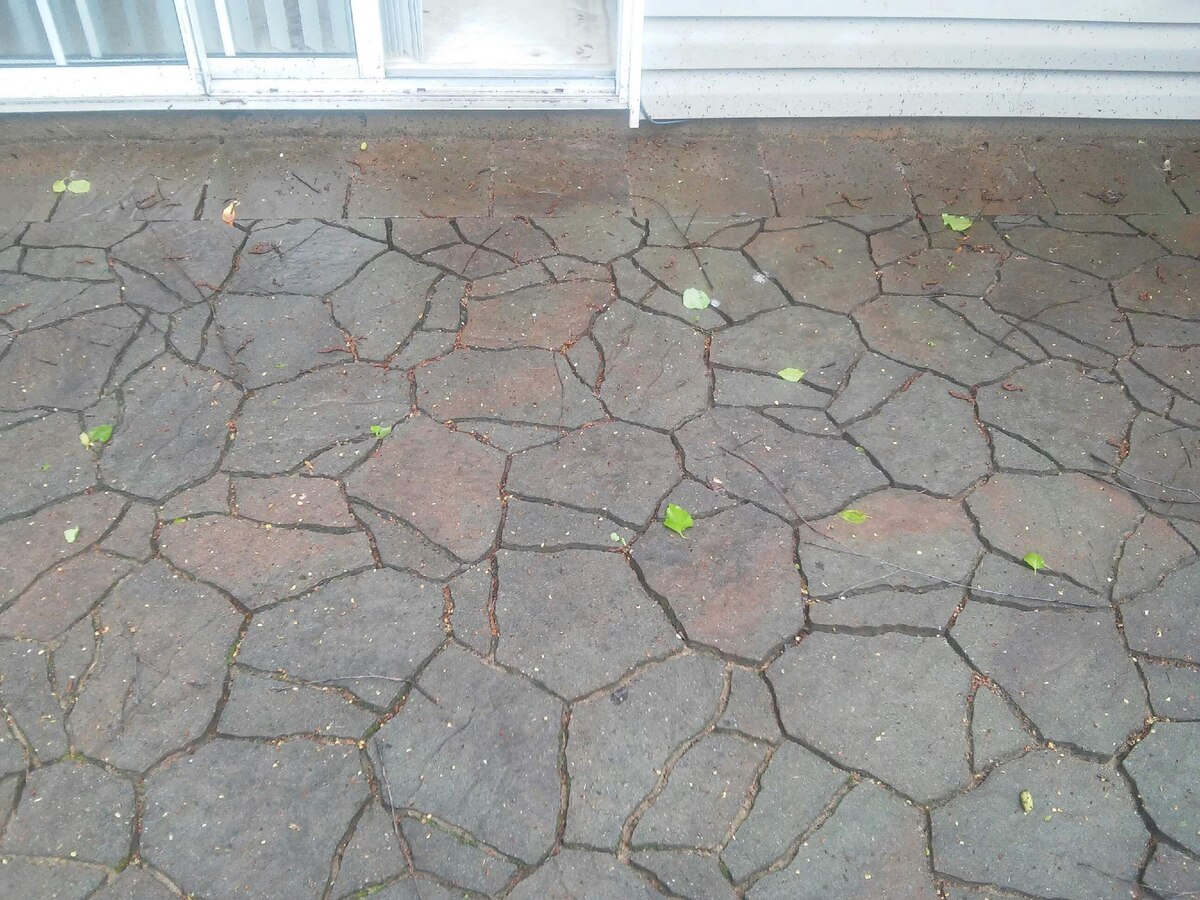
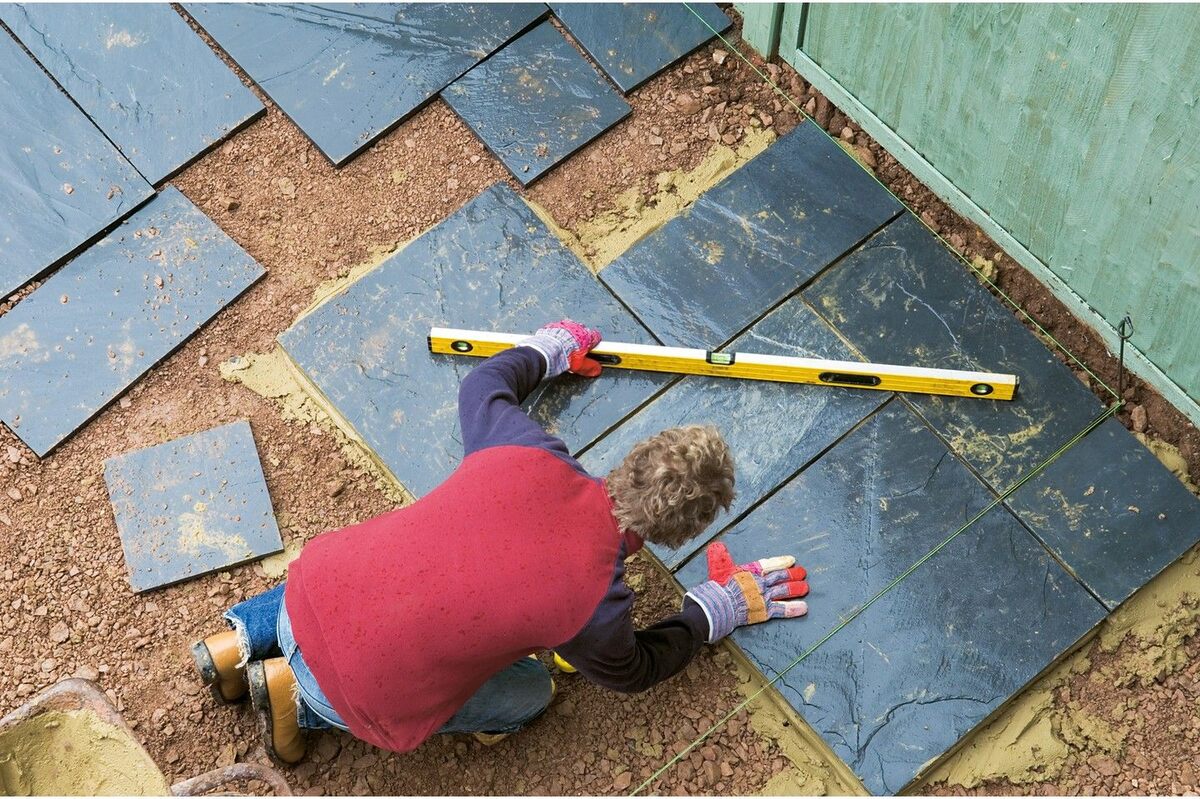
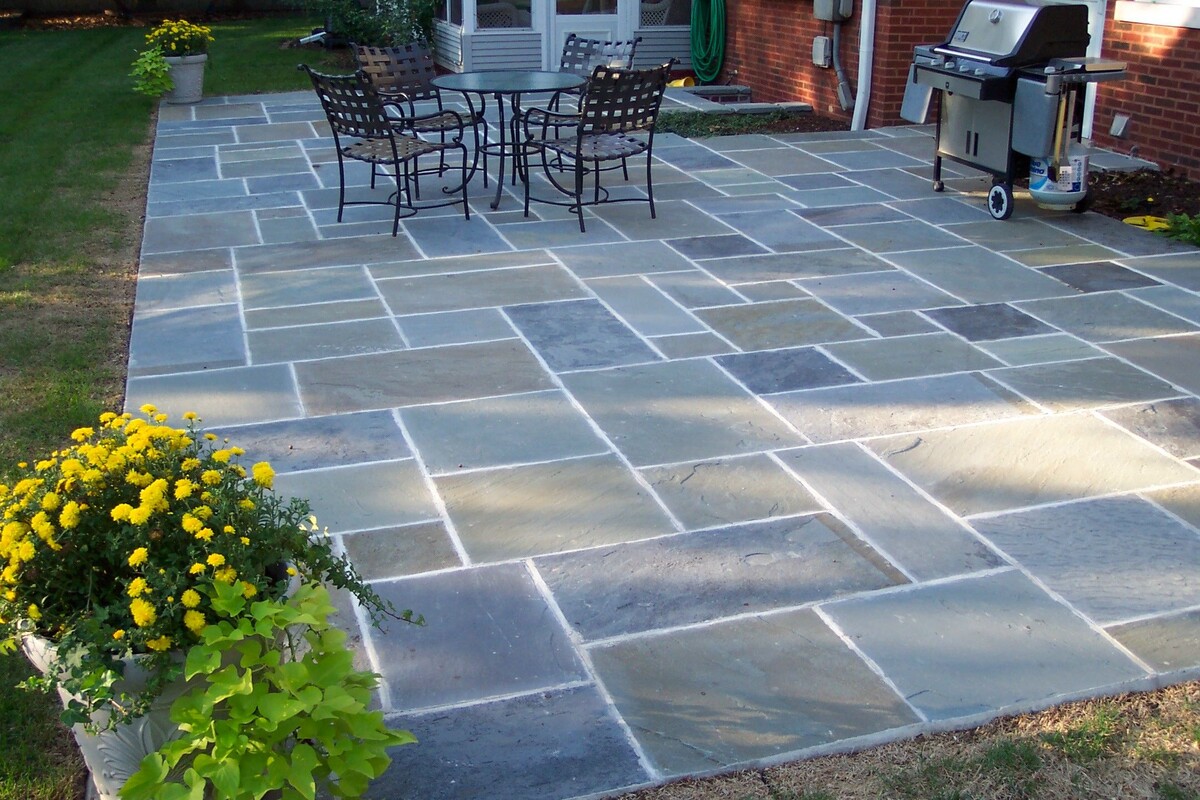

0 thoughts on “How To Lay Down Patio Stones”